ORONO — They looked at their roster, at the gaps and holes, which only seemed to be growing deeper.
“We had a void,” Amy Vachon said.
Head coach Richard Barron and Vachon, his assistant coach, had just finished their first season in 2012, trying to rebuild a University of Maine women’s basketball team that finished with eight wins and 23 losses.
“At the end of the season, for a lot of different reasons – kids transferred, or were hurt, or stopped playing basketball – we had a lot of (roster) spots we needed to fill,” Vachon said. “We needed to find six kids who were still available and who we thought were good enough to play for us.”
By April, most players had already committed to other colleges.
So the Black Bears looked abroad.
“Coach (Barron) took a whirlwind trip to Europe, met with a lot of families and saw a lot of basketball,” Vachon said. “Out of that trip, we signed six kids.”

What began as a desperation move is now standard practice for Maine and for other smaller NCAA Division I programs that face steep competition from major-conference schools for the best American players.
In 2000, there were 110 international players on NCAA Division I women’s basketball rosters. That number grew to 198 in 2012-13, the year Maine jumped into the foreign market. By 2016, there were 301.
Foreign recruiting has paid off for Maine, which tied with the University of Albany atop the American East Conference regular-season standings in 2015 and 2016.
The Black Bears lost eight seniors to graduation last spring, but have reloaded with a freshman class that includes three players from Spain, two from Croatia, one each from Sweden and Canada, and one from 50 miles away, on Mount Desert Island.

Julie Brosseau is a freshman guard from Repentigny, Quebec.
Altogether, their roster has nine international players and five from the U.S., two of them Mainers.
This year’s freshman class has played a critical role in the success of the team, which rallied in the second half Saturday to beat Binghamton, 57-40, in the America East quarterfinals. Next up is a semifinal against rival New Hampshire at 2 p.m. Sunday at Portland’s Cross Insurance Arena. With two more victories, Maine would earn its first trip to the NCAA tournament since 2004.
COMPETING FOR TALENT CAN BE DAUNTING
The rise in recruiting services and off-season club teams – the best of which travel to tournaments around the nation – have expanded the spotlight on U.S. high school players. If you are talented, all the colleges know about you.
“There are no diamonds in the rough,” said Colorado State head coach Ryun Williams, who has eight international players on his team. “There is so much exposure at (summer) camps and (recruiting) events. And (college) coaching staffs are so big. Schools don’t miss on these kids.”
And these kids are choosing schools from the best basketball conferences, aka the “Power Five” – the Atlantic Coast (ACC), Big Ten, Big 12, Pac 12 and Southeastern (SEC).
“We’re not a Power Five school but we still want Power Five (type) players,” said Williams, whose school plays in the Mountain West Conference. “We’re not going to beat out Texas and Baylor for those kids … We have to go overseas for those kids.”
As an NCAA Division I member, the University of Maine can offer athletic scholarships. But the competition for women’s basketball talent can be daunting.

Naira Caceres is a freshman guard from Las Palmas de Gran Canaria, Spain.
Consider the University of Connecticut, which has won 11 national championships since 1995 and holds a record winning streak of 104 games. It’s a member of the lesser-known America Athletic Conference, but that doesn’t affect the school’s ability to recruit.
UConn and members of the Power Five leagues gobble up the best prospects in the country. Of the top-60 U.S. high school seniors last year, as ranked by ESPN, 59 went to UConn or a Power Five school (the other went to Harvard).
“We’re recruiting in the U.S. against teams from the ACC and SEC – leagues that have several teams go to the NCAA (tournament),” said Jose Fernandez, head coach at the University of South Florida in Tampa. His team, which plays in the same conference as UConn, has nine international players.
“We try to get the best kid from Spain, the best from Portugal, the best from Latvia,” said Fernandez, whose team received an at-large bid to the NCAA tournament last year. “That’s like getting a top-50 kid (from the U.S.).”
AN EVOLUTION IN UMAINE’S ALLURE
The University of Maine once attracted many of the best players from its home state and around New England.
From 1994 to 2000, during head coach Joanne Palombo McCallie’s final six seasons in Orono, the women’s basketball team was the talk of the state. The Black Bears were led by All-American guard Cindy Blodgett, a phenom from Lawrence High who turned down UConn to attend Maine.
The team routinely drew more than 4,000 fans to Alfond Arena and, in Blodgett’s senior year (1997-98), Maine was often on statewide television. Other top recruits were attracted to Orono, including Vachon, a point guard from Cony High in Augusta, and forward Jamie Cassidy from Methuen, Massachusetts.

Anita Kelava is a freshman forward from Zagreb, Croatia.
The Black Bears reached the NCAA tournament six straight years. Led by Vachon and Cassidy, they upset Stanford in the NCAA first round in 1999.
The winning seasons slowly started to dwindle. Blodgett returned to Maine as head coach in 2007, but she was fired after four seasons and a 24-94 record.
The luster was gone – and the best high school players from Maine looked elsewhere.
Courtney Anderson of Greene was a guard at Leavitt Area High in Turner when she was recruited by Blodgett in 2011. She ended up playing at Maine under Barron.
“Once, a lot of Maine kids were coming, but then came the lull when Maine was not very good,” she said. “Maine kids are still looking at Maine, but it’s not as great as it used to be.
“UNH is doing well in recruiting (from) Maine. They have an advantage with the southern (Maine) kids.”
Indeed, Anderson’s sister, Kristen, is one of three Mainers on the New Hampshire roster – which is one more than UMaine has.
“I considered Maine, but I wanted to go a separate way (from Courtney) and I made a connection with the UNH staff,” Kristen Anderson said.
Both Ashely Storey of Cumberland and Sarah Clement of Falmouth also said they thought of Maine, but they simply liked UNH – and its location – better.
Tiana-Jo Carter was recruited by several colleges when she played for Lake Region High. She did not follow UMaine growing up – Carter was born Nov. 25, 1995, when Blodgett was a sophomore – and felt no pull to Orono.
“I wanted to experience something outside of Maine,” said Carter, now a junior at Albany, one of the Black Bears’ biggest rivals in America East.

Sigi Koizar is a senior guard from Vienna, Austria.
Vachon, who is running the team while Barron is on indefinite medical leave, has two Mainers on her roster – sophomore Maddy McVicar (Calais) and freshman Sierra Tapley (Bar Harbor). Both are on scholarship, but neither is a key player.
“I would love to see our team full of Maine kids,” Vachon said. “But the reality is that it’s very different than it was 20 years ago.
“Kids these days have a lot more offers. They’re being recruited earlier. I was in eighth grade when (club basketball) started. Now there are teams going to tournaments all over the country.
“We just want to get the best players. If they’re from Bangor, Maine, great. If they’re from Zagreb, Croatia, great. We’re going to get the best kids possible who are interested in Maine.”
HOW UMAINE ATTRACTS FOREIGN PLAYERS
How do the Black Bears get international players interested in Maine?
“We tell them it’s close to Boston,” Vachon joked.
The international players on Maine said they knew little of Maine, but they wanted to come to the United States. Playing opportunities were limited in their countries – and playing basketball meant no time for higher education.
“It’s not impossible to do both, but it’s super, super hard,” said freshman guard Naira Caceres of Spain. “You couldn’t go to classes. You would have to take them online.”

Blanca Millan is a freshman guard from Santiago de Compostela, Spain.
The players were thrilled about the student-athlete approach at American colleges.
“When I understood that I could actually get a free education in the U.S. and play basketball at the same time, that became my goal,” said freshman forward Fanny Wadling of Sweden.
Vachon recruited Wadling. Barron recruited Caceres.
When looking at the foreign market, the first thing Barron and Vachon do is to target the players they want – gathering information from scouting services, as well as watching games on the internet. Then the coaches travel to watch the players in person and, just as importantly, get to know them.
Anita Kelava, a freshman forward from Croatia, had been recruited by U.S. schools but was not sure how comfortable she would be.
“There are a lot of (negative) stories,” Kelava said. “But then I talked to Coach Amy, and she really gave me a sense of family. Her approach was the most personable.”
That is key, say the players. What conference a team played in was less important than actually meeting the coach.
“Coach Barron was very convincing,” said Caceres, a standout player on Spain’s national youth teams who had been contacted from ACC and SEC schools.

Isabel Hernandez Pepe is a sophomore guard from Rome, Italy.
“Other universities were very persistent, but they didn’t show up at my house. Coach Barron came to my house. That gives you the confidence that they really care and they really want you.”
Many of the players have been away from home before, playing on club and national teams. Still, the move to America is not easy.
“We’re selling family – that the team will become your second family,” Vachon said. “We’re selling the community. We’re selling how important women’s basketball is in Maine. We sell the academics and that they are very important.”
Vachon backs up the words with numbers. Maine players ranked 24th in grade point average (3.40) among the 349 Division I women’s basketball teams in the 2014-15 school year, the most-recent data available from the Women’s College Basketball Association.
And while Maine is not drawing the crowds it did in the late 1990s, the Black Bears still averaged 2,008 fans a game last season, second only to UConn among New England schools.
“It’s such a big change,” said Caceres, who played in front of crowds of around 200 back home. “It’s amazing how much importance they give it here.”
Every Black Bears player spoke of how important it was for the Maine coaches to visit them.

Laia Sole is a freshman forward from Igualada, Spain.
“Coach Barron came to Spain twice,” said freshman Blanca Millan, one of three Spaniards on the team, along with Caceres and Laia Sole. “With other colleges, I was talking through the internet. It’s not the same as face-to-face, listening to what they are saying. He spoke like it was family.”
Other schools with several international players on their roster schedule routine trips abroad.
“For the kids in Europe, if you want a recruit, you have to be there,” said Rachel Wojdowski, assistant coach and lead international recruiter for Duquesne University, which has nine international players.
“Your face in the crowd speaks volumes – you’re able to pull in a kid that a bigger school also wanted.”
ASSESSING COSTS, FOREIGN AND DOMESTIC
Despite the emphasis on international players, Maine’s recruiting budget has not changed that much.
Barron’s “whirlwind trip to Europe” in 2012 did bounce the budget up to $91,000, from $39,000 in 2011 and $49,000 in 2010.
But the budget expenditures have gone down since. They were $35,000 in 2016.
Vachon said recruiting in the United States can require several flights, plus fees to attend the showcase tournaments.

Tihana Stojsavljevic is a freshman forward from Zagreb, Croatia.
“A lot of times, you’re looking at one kid, and you’re paying a $600 (fee) to see one kid. It’s crazy,” Vachon said. “Just to go to a tournament in Washington, D.C., the (total cost) is going to be at least $1,500.
“Whereas you go to Europe, you can get a flight for $600. You don’t have to pay to go to those tournaments. And you can get really cheap hotels in Europe, plus public transportation. It’s $1,000.”
All of the college coaches interviewed spoke of the madness of summer recruiting in America, with hundreds of coaches at a showcase tournament.
“I despise the month of July,” said Fernandez, the South Florida coach.
As a result, more coaches are reaching for their passports.
“When we first started going over five years ago,” said Williams, the Colorado State coach, of his overseas recruiting trips, “we ran into a few other coaches. Now we’re running into a bunch.”
International players can make an impact. Colorado State and Duquesne reached the NCAA Tournament last year. Maine just missed out, losing to Albany by one point in the America East championship game.

Fanny Wadling is a freshman forward from Nacka, Sweden.
Maine still lands American players. The one recruit they’ve signed for next year is guard Kelly Fogarty from Walpole, Massachusetts. Even though she is from New England, Maine coaches first saw her play in a Chicago tournament, and then in Washington, D.C.
But the Black Bears will keep looking everywhere. Vachon was in England and Finland last fall.
She still remembers that first trip Barron took, returning with commitments from players hailing from Serbia, Israel, Sweden, Finland, London and Germany. They helped Maine become a contender again.
“It has worked for us,” Vachon said. “So we’ll continue with that pipeline.”
Kevin Thomas can be contacted at 791-6411 or:
kthomas@pressherald.com
Twitter: KevinThomasPPH
Send questions/comments to the editors.


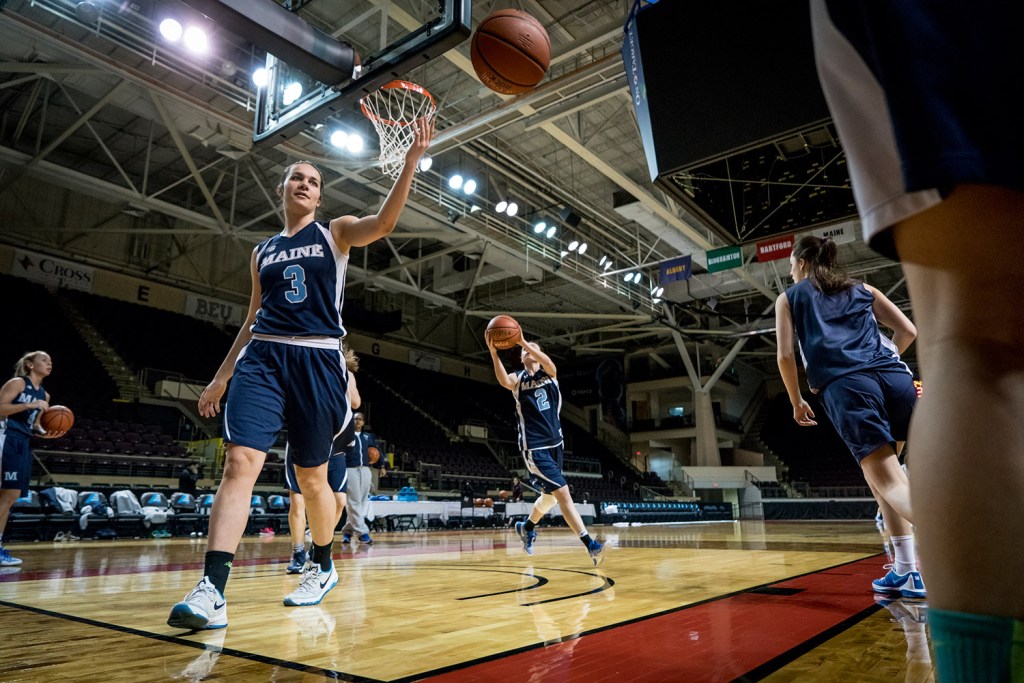
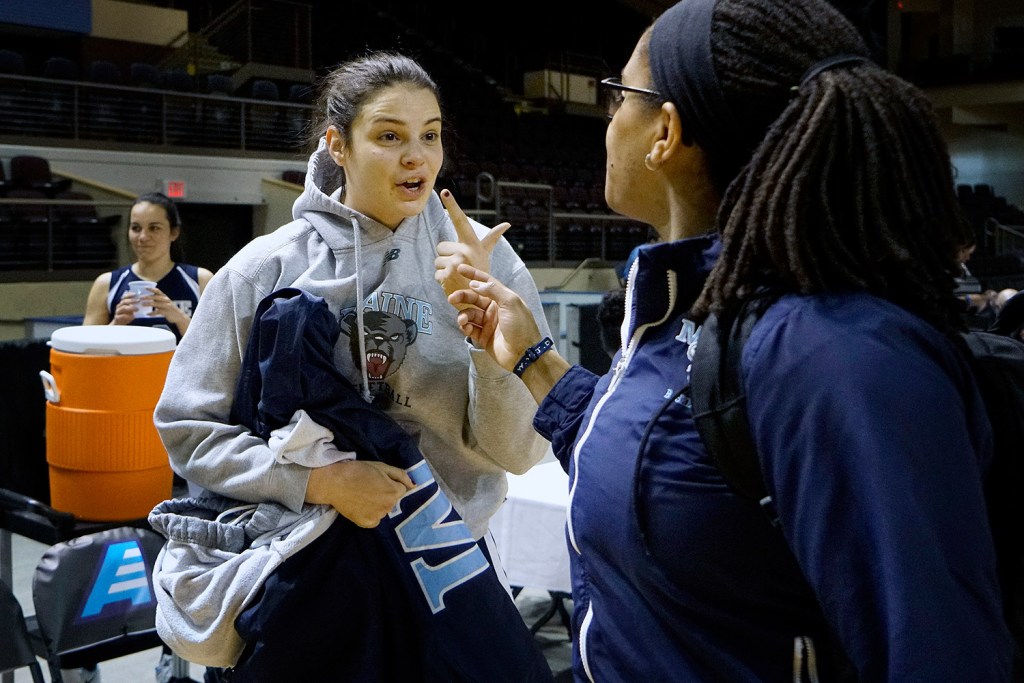
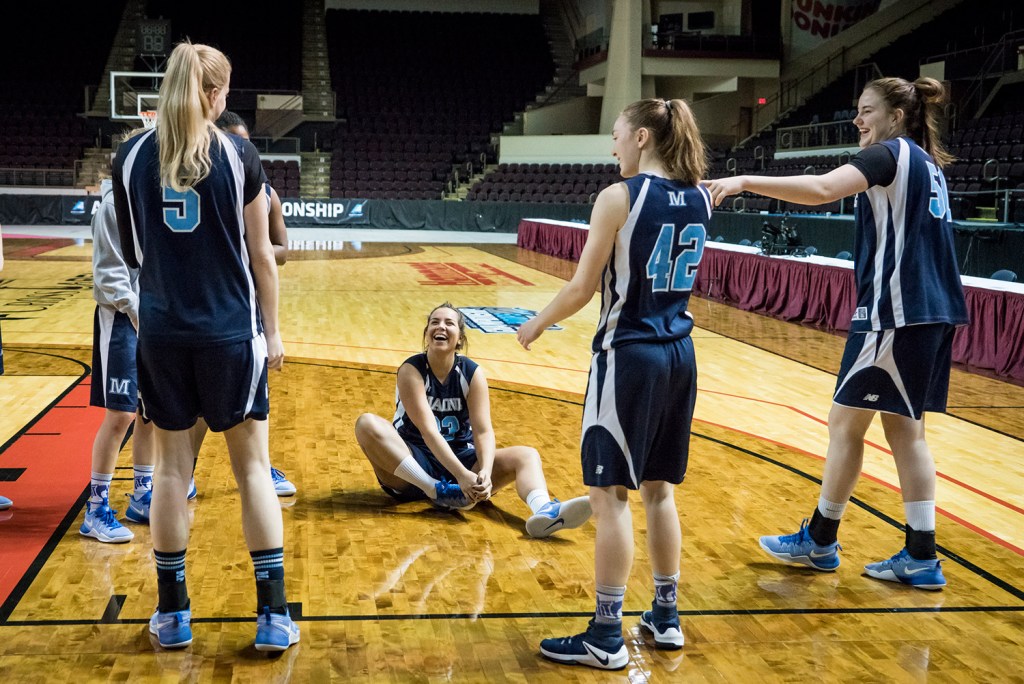
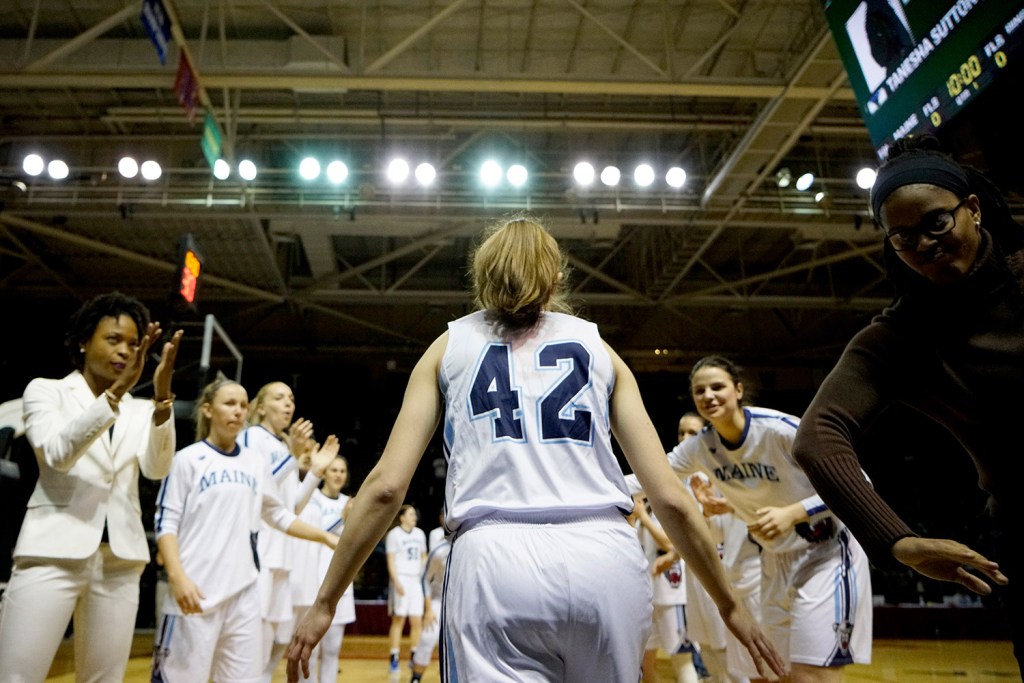
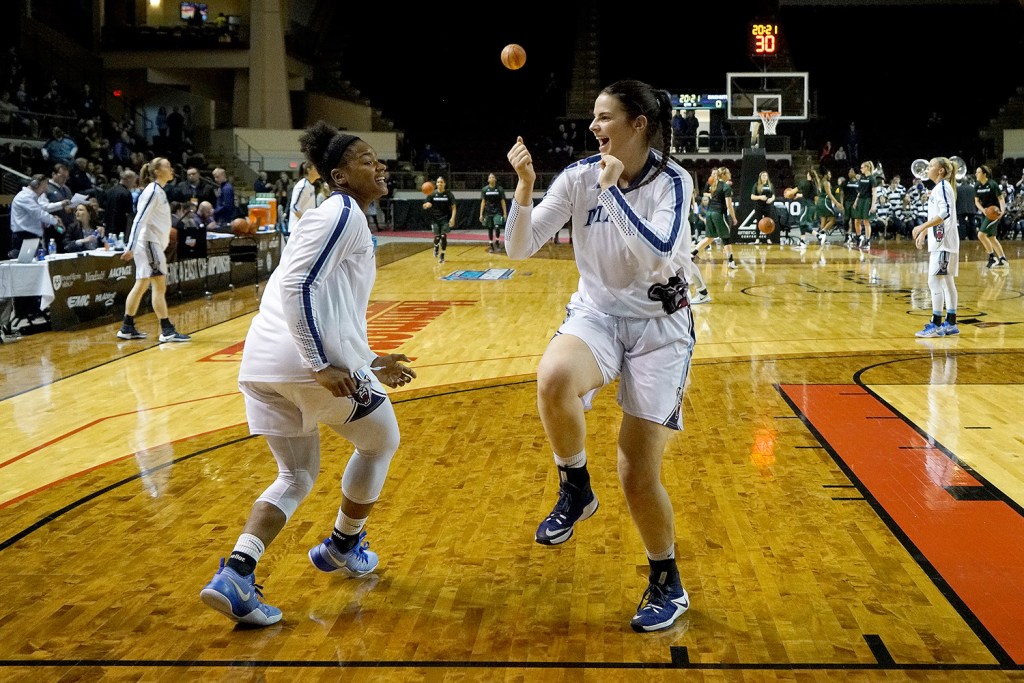
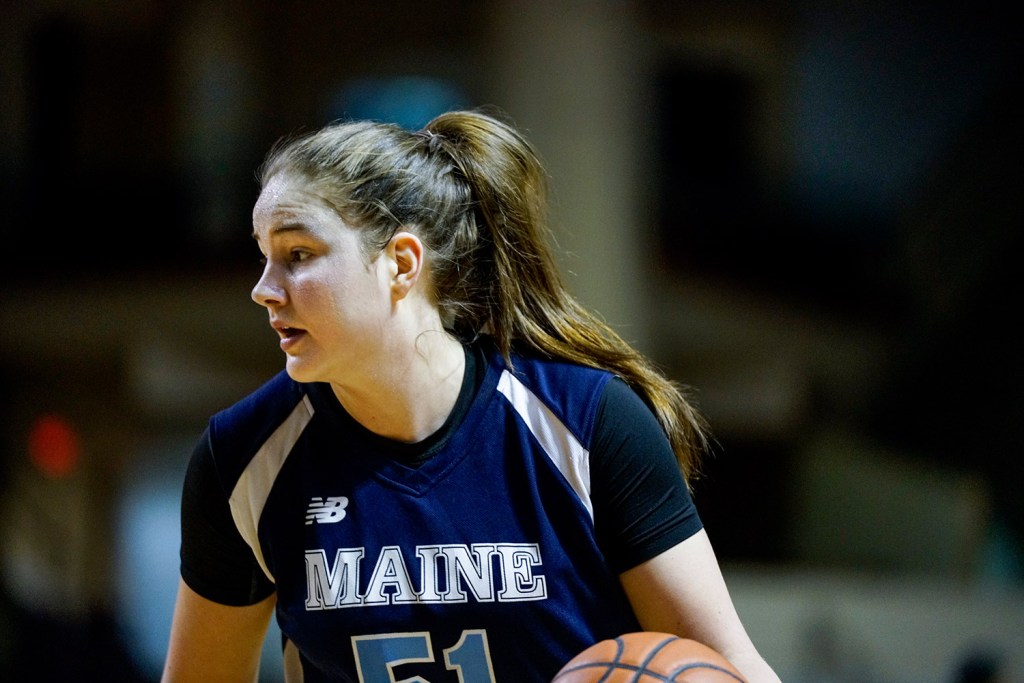
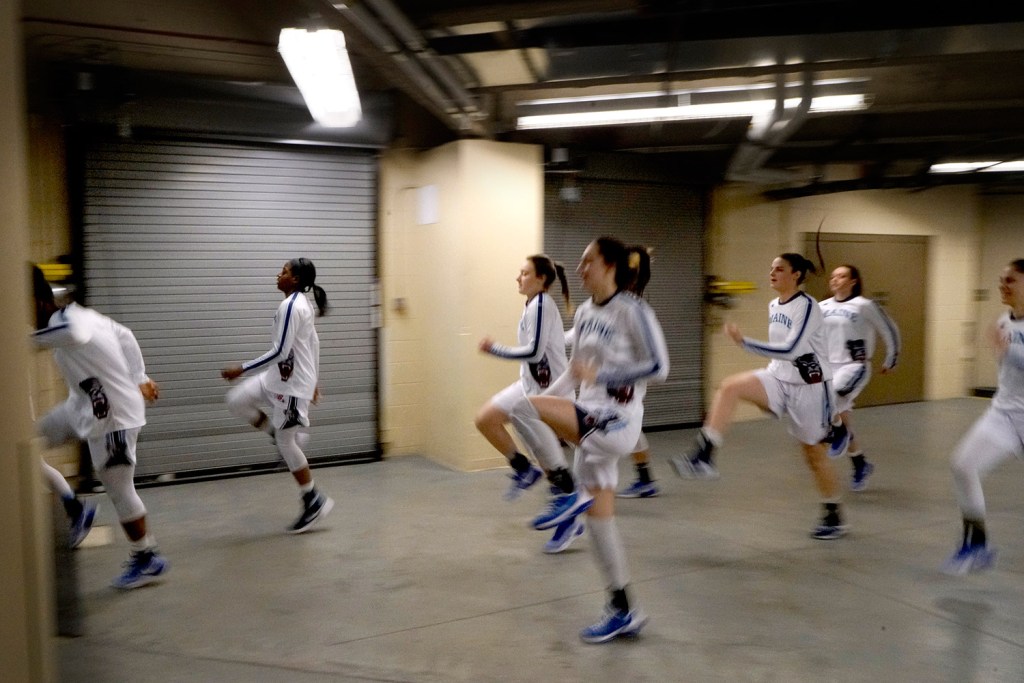
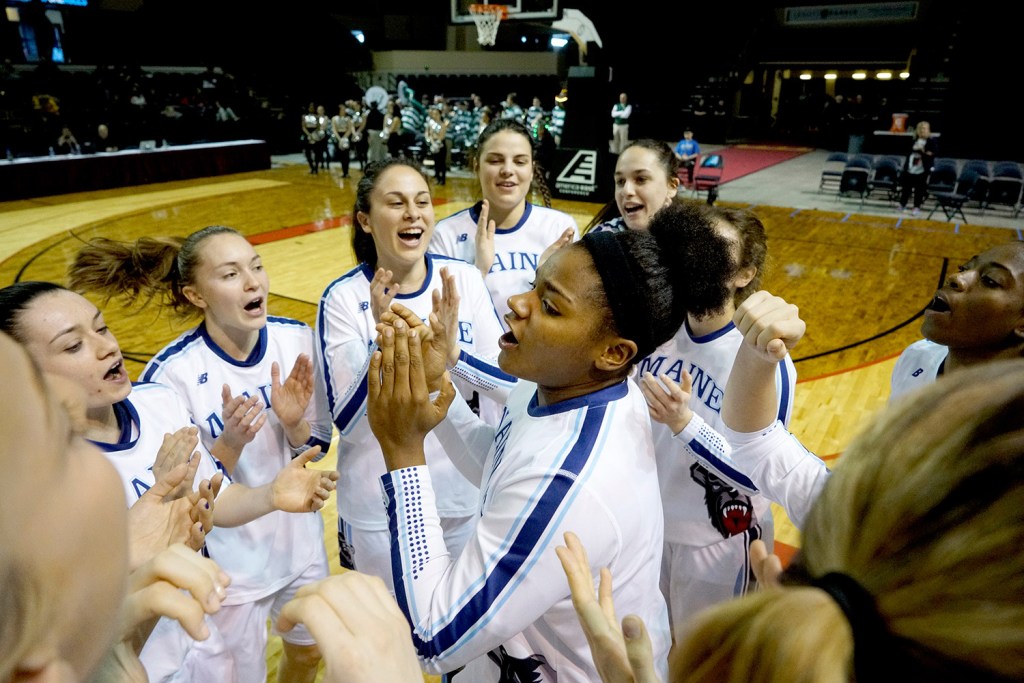
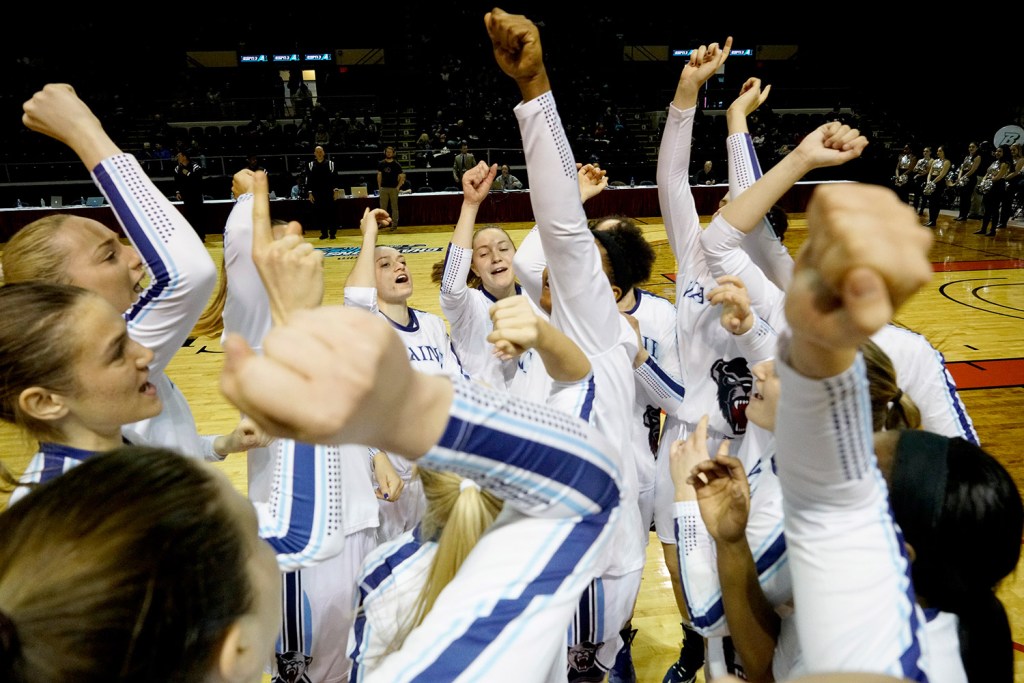

Success. Please wait for the page to reload. If the page does not reload within 5 seconds, please refresh the page.
Enter your email and password to access comments.
Hi, to comment on stories you must . This profile is in addition to your subscription and website login.
Already have a commenting profile? .
Invalid username/password.
Please check your email to confirm and complete your registration.
Only subscribers are eligible to post comments. Please subscribe or login first for digital access. Here’s why.
Use the form below to reset your password. When you've submitted your account email, we will send an email with a reset code.